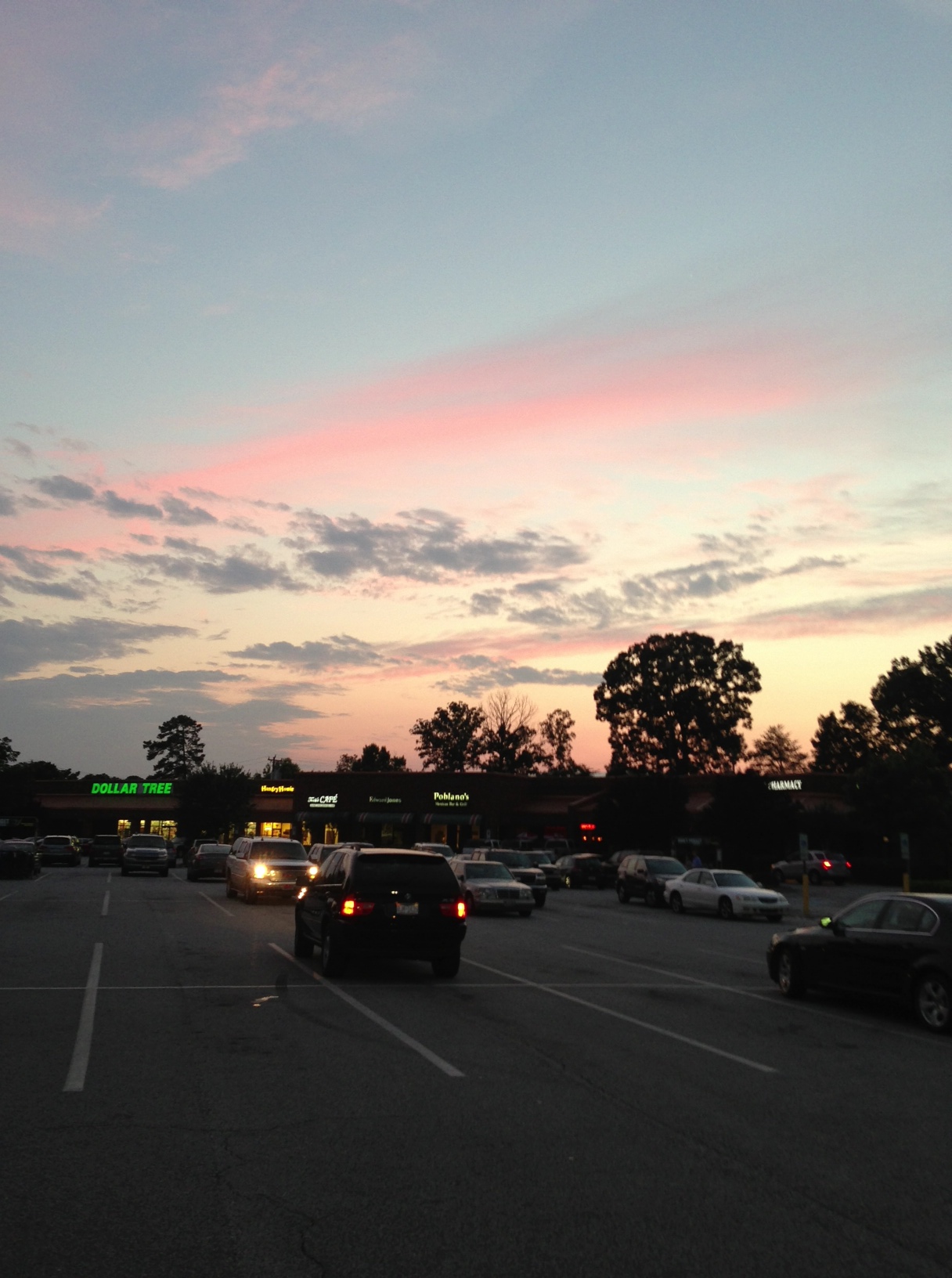I didn’t blog about Before Midnight yesterday right after seeing it because I wanted a little time to let the film wash over me, a little time to mull over why I love it so much.
Before Midnight is part of a trilogy of films directed by Richard Linklater and starring Ethan Hawke and Julie Delpy. Before Sunrise (1995) is followed by Before Sunset (2004) and now Before Midnight emerges as the next (but I hope not last) installment in Jessie and Celine’s unfolding love story.
Linklater wrote the first film with Kim Krizan, but the second and third films were written by Linklater with his two stars, Hawke and Delpy.
In the first film, Jesse and Celine meet on a train and disembark to spend a romantic night falling in love in Vienna before going their separate ways. Before Sunrise is a charming, smart, romantic movie.
In the second film, which is shot in approximate real time during the magic hour in Paris (this seems worth noting), Celine comes to a book signing where Jessie is talking about his new novel (conveniently about their night in Vienna), and they reconnect in the most authentic and passionate way.
It’s easy to see why I fell for Before Sunset because this is the kind of love story a nerdy girl like me dreams about, and just thinking about the movie makes me involuntarily smile a soft smile before I quite realize it has spread across my face – soft like the sunset in Paris.
Beautiful lighting that plays magically across the timeless landscapes of Greece and the familiar countenances of our lead actors is a supporting player of no small scale in Before Midnight. Enhanced but not defined by the light, this is a gem of a film that draws me in from the beginning and holds me captive long after the credits have run.
Jesse and Celine have adorable twin girls of their own, and the film starts with Jesse dropping his son off at the airport for the boy to return to his mother in the States after spending six weeks on summer vacation with Jesse, Celine, and his half sisters at a bucolic writer’s retreat by the sea. It doesn’t get more perfect than this.
Or, does it? Turns out that the frazzled daily lives of two busy Parisians with two careers and with two young children don’t include a lot of time for talking – and talking is what helped draw Jesse and Celine together in the first place as the intimate connection formed by their disclosures led them to fall in love.
Connections not nurtured can fray. This film, like the two that precede it, is filled with talking (and glorious ideas delight me in their playful, earnest, poignant, sexy, sweet, difficult, probing, ethereal, intellectual, and honest incarnations). But, in these films, it is never pointless conversation.
Talking is about revealing, sharing, and binding together for Jessie and Celine. We watch them fall in love over and over again in ways that loom large and small, but this time there are undercurrents of what is not spoken, and therein resides the tensions that are played out in the first two films in terms of time and distance and played out by holding back in Before Midnight.
Eventually, circumstances and events take Jesse and Celine to a hard conversation that they have needed to engage in for a long while but probably have not found time for amid their complicated daily routines.
After sunrise and sunset, reality sets in, but that doesn’t mean the opportunity for enduring passion and love need disappear overnight.


